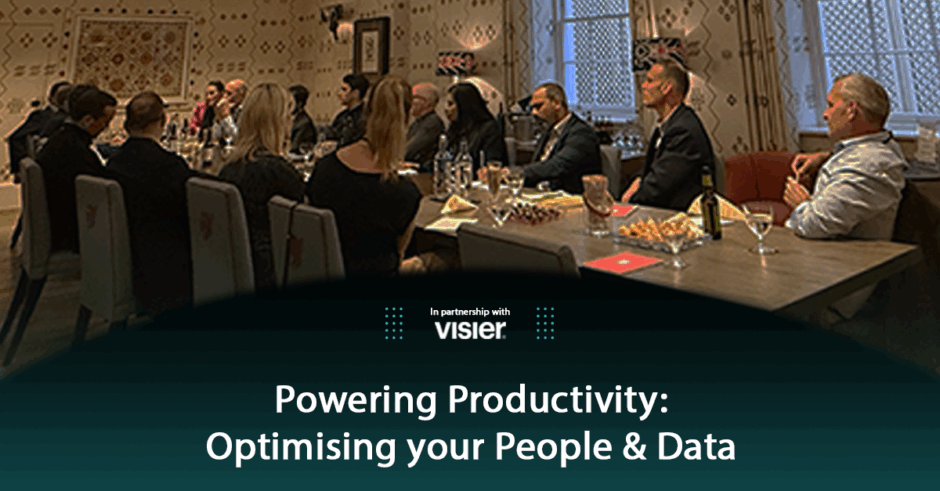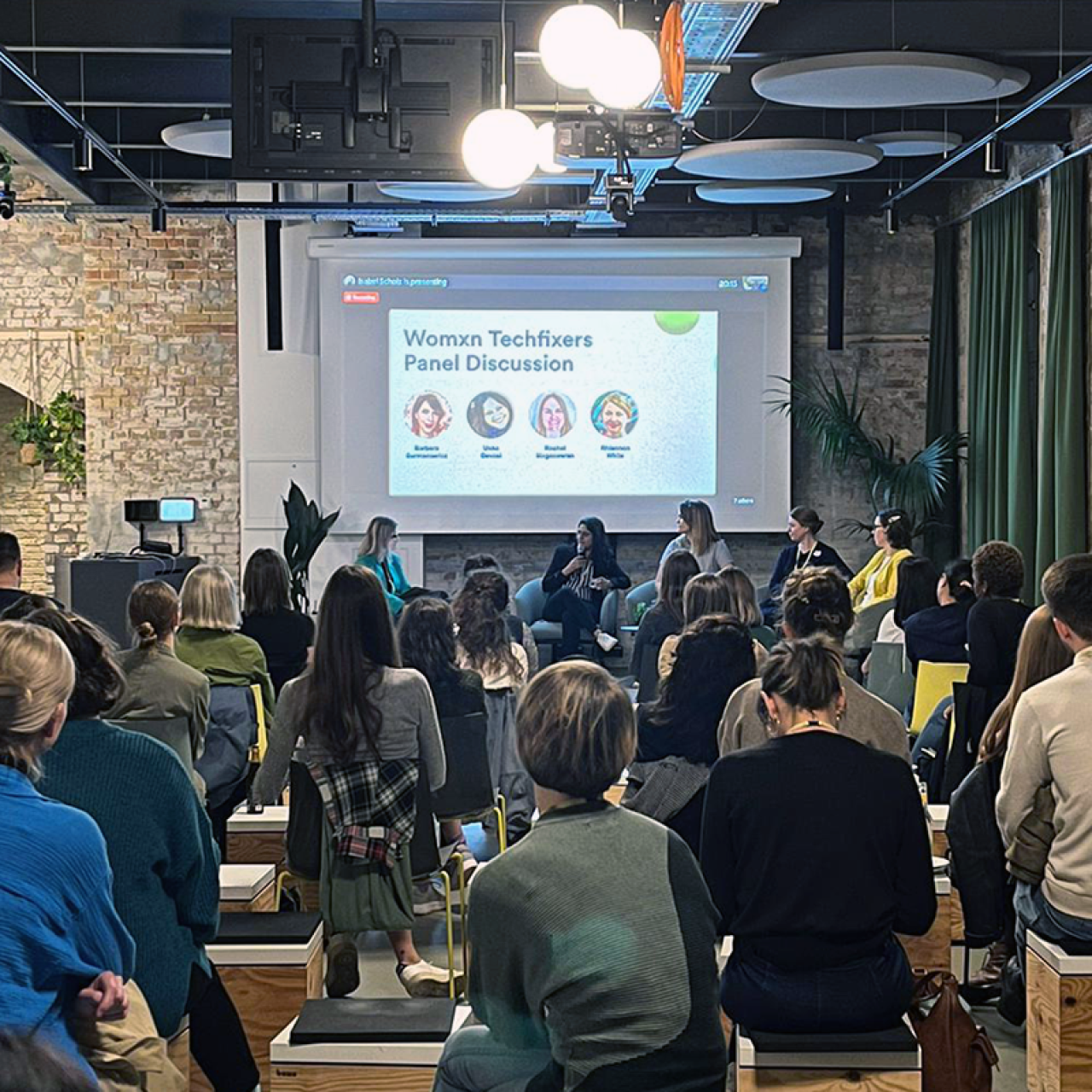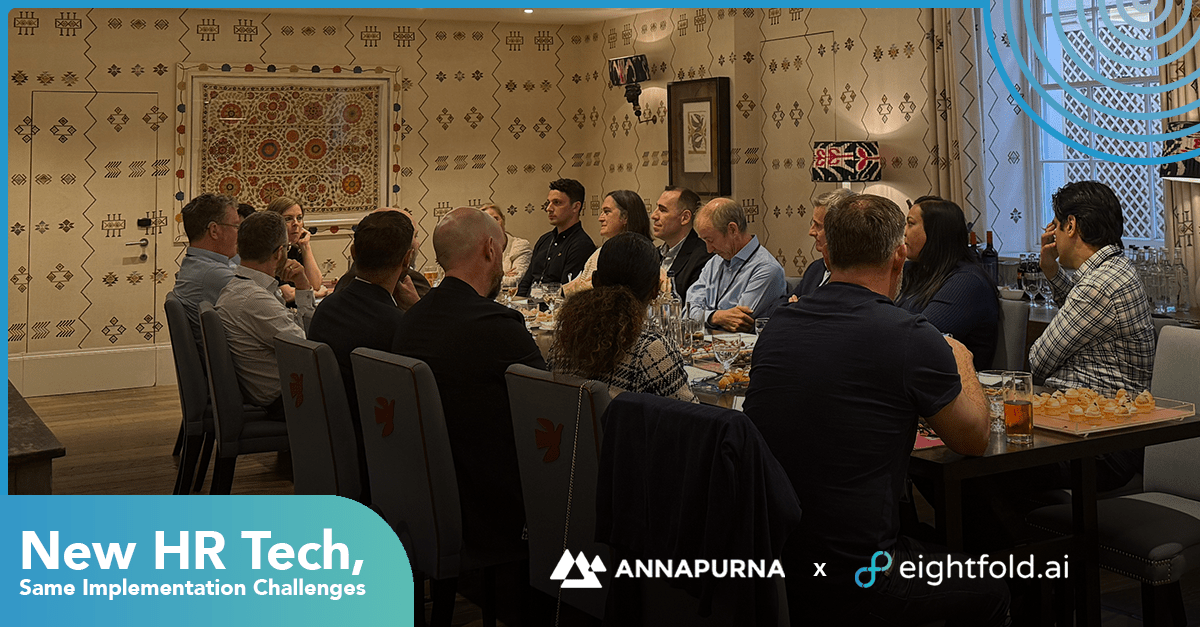“How can we get our people and data to work together? Can we use AI to complement this challenge?”
Bringing together a leading group of HR executives, Annapurna partnered with Visier to open up the conversation around the role of productivity within the modern organisation. The conversation was hosted by Joseph Nabarro (Associate Director at Annapurna), with expertise coming from Ben Harris (VP, EMEA at Visier) and Daniel Cundill (Account Executive at Visier), which brought about the following takeaways:
Visier are the global leader in AI-powered people analytics, workforce planning and compensation allocation.
Productivity must be a cross-functional mandate, not an HR initiative
As organisations strive to do more with less and optimise their workforces to drive growth, the productivity conversation has become increasingly prevalent.
Who owns the data? Who owns the transformation program/agenda? Is the transformation program being run by HR, or are they just following in the path of the transformation team? Who owns the budget? All these questions must be part of the conversation before the productivity program is initiated.
Whilst HR acts as the enabler and process architect, real traction comes when CEOs, CFOs, COOs, and line leaders co-own the productivity agenda, align on a single narrative, and embed it through shared goals and accountabilities.
Productivity means different things to different people, but when filtering this message down throughout the organisation, the message must be aligned.
Start with clean, aligned data before chasing new metrics or tech
Confidence in insights hinges on reconciling HR, Finance, and operational data sets first. Once foundations are solid, focus on a small set of shared indicators (e.g., revenue per FTE, time-to-value on role-critical tasks, employee sentiment tied to performance) that directly link people’s actions to business outcomes.
Resist the urge to ‘throw technology at the problem’ until the data definitions and owners are crystal clear. In tandem, we must start to plan how to embed a culture of data-led productivity improvements. HR isn’t necessarily responsible for the culture of an organisation; the leaders within it are. However, HR are the people experts and should define the processes of how we get there and build the collective behaviour to work with the insights.
Balance people optimisation with evidence-based automation
Use data to surface overwork, absence, and engagement patterns, then ask: “If we freed 30% of this role’s time, where would it add the most value?”. Pilot digital tools—AI copilots, workflow automation, skills analytics—on tasks, not entire jobs, and measure both productivity lift and employee experience.
HR’s role is to act as custodian of that balance, ensuring tech augments high-performing teams rather than simply cutting costs. For many years, we have been tracking DEI metrics and then improving on them incrementally, we must have the same confidence in our complete suite of data as we strive for efficiencies elsewhere.
Due to the rapid change and advancements in technology, it is undeniable that we are all going to have to change the way our organisations are run. As organisations go through the inevitable transformation, we must define it into 4 pillars: the strategy, structure, business management systems and the culture. We must determine the responsibility for all those areas and the measurements in themselves. This will get us closer to success.
Want to know more about how Visier could help you bring together your people and data to drive productivity within your organisation? Get in touch here




